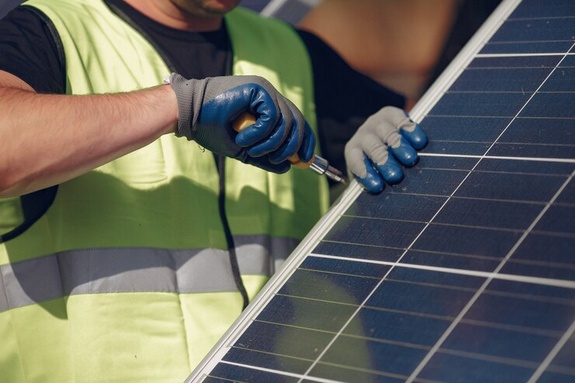Introduction
The increasing adoption of solar energy solutions has led to a surge in the use of solar batteries, providing a reliable means of storing clean energy. However, as these batteries reach the end of their lifespan, the challenge of proper disposal and recycling emerges. This article delves into the complexities surrounding the recycle solar batteries, addressing environmental concerns, recycling methods, and the need for comprehensive regulatory frameworks.
The Lifecycle of Solar Batteries
Understanding the lifecycle of solar batteries is crucial in navigating the recycling process. These batteries, commonly made of materials like lithium-ion, have a finite lifespan determined by the number of charge-discharge cycles. As they age, their performance declines, necessitating replacement. Recycling solar batteries becomes essential to manage the growing volume of electronic waste and extract valuable materials for reuse.
Environmental Concerns
Hazardous Materials
Solar batteries, particularly lithium-ion batteries, contain hazardous materials such as lithium, cobalt, and nickel. Improper disposal of these batteries poses environmental risks, as these substances can leach into soil and water, leading to pollution. The potential harm to ecosystems and human health underscores the importance of responsible recycling to prevent the release of hazardous materials into the environment.
Electronic Waste Management
The improper disposal of solar batteries contributes to the broader issue of electronic waste (e-waste). E-waste poses challenges due to the presence of toxic substances that can have detrimental effects on the environment and human health. A comprehensive approach to managing electronic waste, including solar batteries, is necessary to mitigate these risks and promote sustainable practices.
Recycling Solutions
Material Recovery
One of the primary solutions to address the environmental impact of solar battery disposal is material recovery through recycling. Recycling facilities can extract valuable materials like lithium, cobalt, and nickel from used batteries. These materials can then be repurposed for the manufacturing of new batteries or other electronic devices, reducing the reliance on finite resources and minimizing environmental impact.
Closed-Loop Systems
Implementing closed-loop systems is a sustainable approach to recycling solar batteries. In a closed-loop system, materials recovered from used batteries are reintegrated into the manufacturing process, creating a circular economy. This reduces the demand for new raw materials and minimizes waste, creating a more sustainable and environmentally friendly approach to battery production and recycling.
Regulatory Frameworks
Standardization and Guidelines
To ensure the responsible recycling of solar batteries, the development of standardized regulations and guidelines is essential. Governments and industry stakeholders must collaborate to establish clear frameworks that address the entire lifecycle of batteries, from manufacturing to disposal. These standards should encompass environmental considerations, worker safety, and the promotion of sustainable practices.
Extended Producer Responsibility
Incorporating extended producer responsibility (EPR) programs into the solar battery industry can contribute significantly to responsible recycling. EPR places the onus on manufacturers to take responsibility for the collection, recycling, and proper disposal of their products at the end of their life. By holding manufacturers accountable, EPR encourages the design of batteries with recyclability in mind and promotes sustainable practices throughout the product lifecycle.
Conclusion
As the world strives towards a cleaner and more sustainable future, the recycling of solar batteries emerges as a critical aspect of the renewable energy transition. Responsible disposal and recycling practices are paramount in mitigating environmental risks associated with hazardous materials and electronic waste. Material recovery and closed-loop systems offer promising solutions to minimize the environmental impact and ensure a more sustainable approach to battery production.
Comprehensive regulatory frameworks, including standardization, guidelines, and extended producer responsibility, play a pivotal role in shaping the future of solar battery recycling. By adopting these measures, stakeholders can contribute to the creation of a circular economy, reduce reliance on finite resources, and energize the Earth in an environmentally conscious manner. As the demand for clean energy solutions continues to grow, navigating the recycling of solar batteries is an integral part of building a greener and more sustainable world.


No comments yet